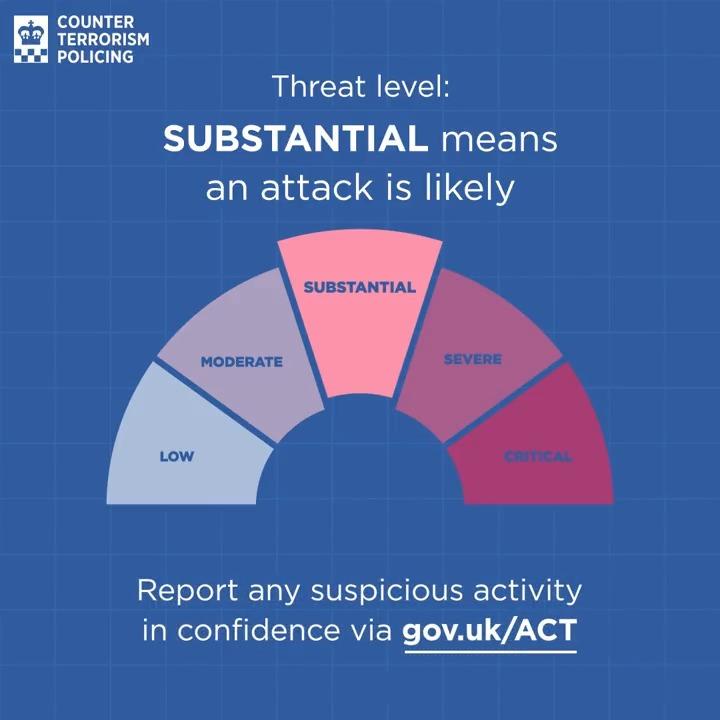The United Kingdom is confronting an “extraordinary” security threat posed by covert operations originating from Russia and Iran, a senior government official warned in a recent briefing. According to The New York Times, intelligence agencies have uncovered multiple plots linked to these foreign actors aimed at destabilizing the U.K. and targeting key political and economic figures. This heightened alert underscores the growing complexities of international espionage and the persistent challenges facing British national security in an increasingly volatile geopolitical landscape.
U.K. Security Officials Raise Alarm Over Heightened Russian and Iranian Threats
The intelligence community in the United Kingdom has flagged a significant escalation in hostile activities traced back to Russian and Iranian operatives. Officials have described these approaches as both more sophisticated and frequent, signaling a potential shift in foreign threats targeting national security. The moves include attempts to infiltrate government networks, disrupt critical infrastructure, and influence political processes through covert means.
Key elements of concern include:
- Increased cyberattack capabilities aimed at vital public services
- Enhanced paramilitary planning linked to espionage missions
- Amplified disinformation campaigns targeting public opinion
| Threat Actor | Primary Tactics | Reported Impact |
|---|---|---|
| Russia | Cyber intrusions, sabotage plots | Compromised government infrastructure |
| Iran | Espionage, disinformation networks | Targeted influence operations |
Detailed Analysis Reveals Sophisticated Tactics Behind Recent Plots Targeting Britain
Intelligence officials have uncovered a range of sophisticated tactics employed by operatives linked to Russian and Iranian networks aiming to destabilize critical infrastructure and political institutions within the U.K. These methods demonstrate a marked evolution from traditional espionage to more covert and technologically advanced operations. Among the key strategies identified are:
- Cyber intrusions targeting governmental databases and energy grids, leveraging custom malware to evade detection.
- Disinformation campaigns exploiting social media platforms to polarize public opinion and sow mistrust.
- Covert financial transfers designed to fund proxy groups and influence agents without triggering international sanctions.
Recent intelligence declassified in internal briefings also highlights the use of nested cell structures to minimize risk exposure for operatives, as well as the deployment of emerging technologies such as AI-enhanced signal interception and deepfake content generation. These developments underscore an increasingly complex threat landscape that necessitates enhanced multi-agency cooperation and investment in counter-intelligence capabilities.
| Tactic | Modus Operandi | Potential Impact |
|---|---|---|
| Cyber Intrusion | Custom malware infiltration | Disruption of energy supply |
| Disinformation | Coordinated social media posts | Public polarization |
| Financial Transfers | Shell companies and laundering | Funding to proxy groups |
| Nested Cells | Compartmentalized operations | Operational security |
| AI & Deepfake | Manipulation of audio/visual content | Misinformation and incitement |
Experts Urge Strengthened Intelligence Collaboration and Enhanced Counterterrorism Measures
Security experts emphasize that the evolving threat landscape demands a unified approach among intelligence agencies worldwide to preempt hostile actions effectively. With Russian and Iranian operatives reportedly plotting increasingly sophisticated attacks, a seamless exchange of information is crucial to identify and neutralize risks before they escalate. Officials advocate for integrating advanced data analytics and real-time communications to bridge gaps between domestic and international intelligence efforts.
To bolster resilience against these complex threats, authorities are calling for enhanced funding and expanded mandates for counterterrorism units. Key recommendations include:
- Strengthening human intelligence (HUMINT) capabilities through specialized training and recruitment.
- Deploying cutting-edge surveillance technologies to monitor potential activities discreetly.
- Streamlining interagency coordination to reduce bureaucratic delays.
| Priority Area | Current Status | Recommended Action |
|---|---|---|
| Information Sharing | Fragmented across agencies | Implement unified intelligence platforms |
| Counterterrorism Funding | Moderate but insufficient | Increase by 25% over next fiscal year |
| Technology Integration | Underutilized | Adopt AI-driven surveillance tools |
Key Takeaways
As the U.K. grapples with an evolving security landscape, officials emphasize the need for heightened vigilance and robust countermeasures against the “extraordinary” threats posed by Russian and Iranian plots. The revelations underscore the complexities facing intelligence and law enforcement agencies tasked with safeguarding national security in an increasingly volatile geopolitical environment. How the government responds in the coming months will be critical in shaping the nation’s resilience against these persistent external dangers.




